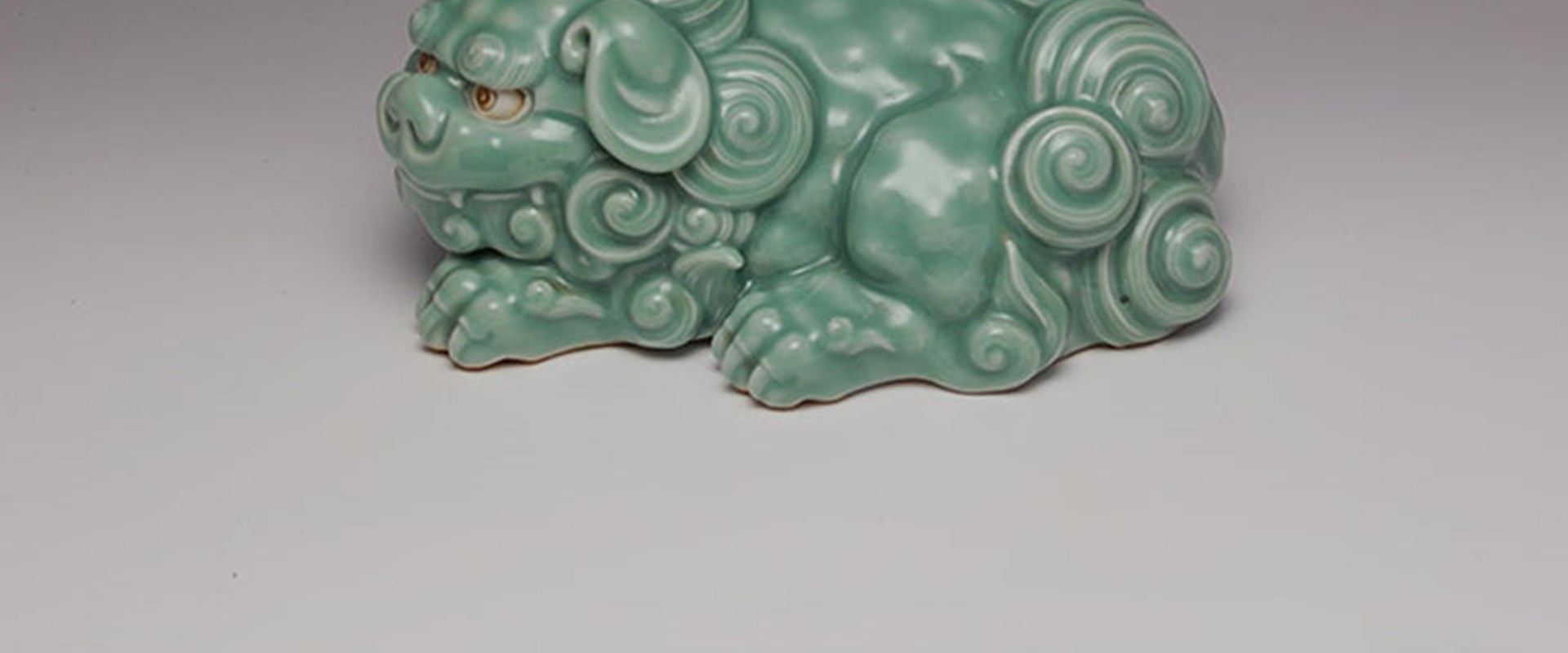Key in a search term below to search our website.
Key in a search term below to search our website.

When
6 March - 30 August 2015
Where
National Museum of Scotland
How much
Free
The late 19th century was a time of great upheaval and innovation for artists in Japan, with a reordering of the social structure disrupting established patterns of patronage and artistic production, and currents from the outside world inspiring new directions.
In 1890 the Japanese government instigated the Imperial Household Artists system to recognise and support mature artists who had achieved a level of success and renown within their respective crafts. These figures were intended to set the bar for the quality expected of other artists, and also to supply pieces to the imperial court.
The first ceramic artist to be appointed, in 1893, was Seifū Yohei III (1851–1914). He was joined three years later by Miyagawa Kōzan (1842–1916). In 1917, after the death of these two ceramic greats, both Itō Tōzan I (1846–1920) and Suwa Sozan I (1851–1922) were appointed.
Though based in different areas of Japan, all four men worked primarily in porcelain and were striving to adapt their art to the new ceramic technologies and aesthetic demands of the era. Both the continuing stature of Chinese arts in Japan and intense competition for a share of the export market led them to emulate works from the continent, particularly the refined monochrome wares of the Qing dynasty. They strove to create works of refined subtlety through repeated experimentation with new firing techniques and glazes.
Their most prestigious creations were grand and impressive presentation pieces for the court, but they were also capable of small-scale works for humble enjoyment.
The exhibition highlighted the generous donation of a large group of Japanese and Chinese ceramics by David and Anne Hyatt King, formed over half a century.
Search the David and Anne Hyatt King collection
Supported by
Header image: Sculpture of recumbent lion-dog (shishi) with celadon glaze, by Makuzu Kozan I, 1900 - 1910.